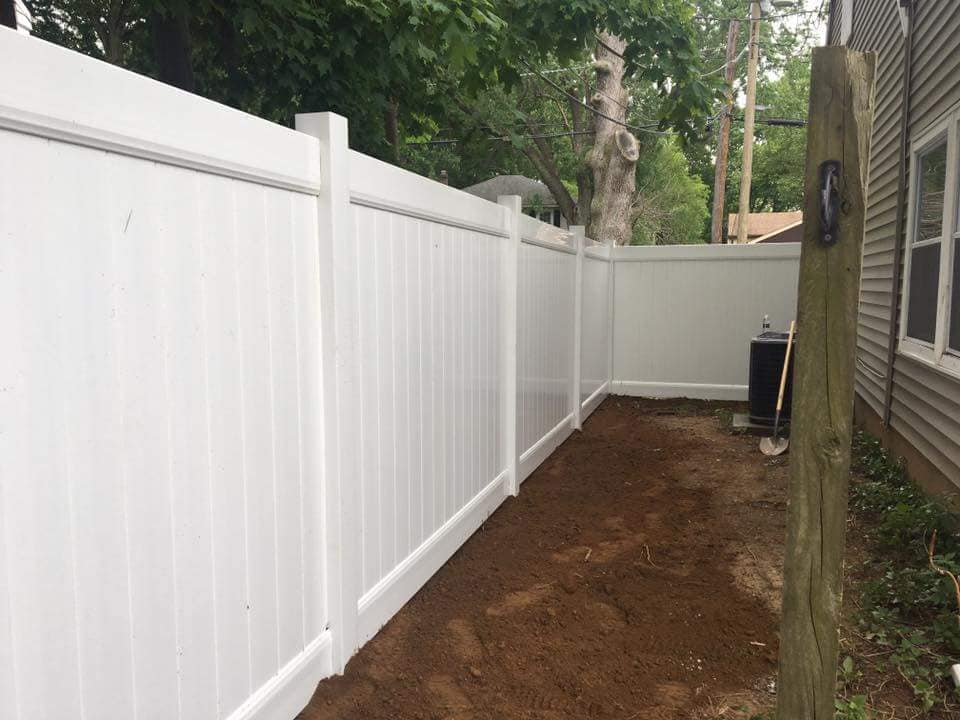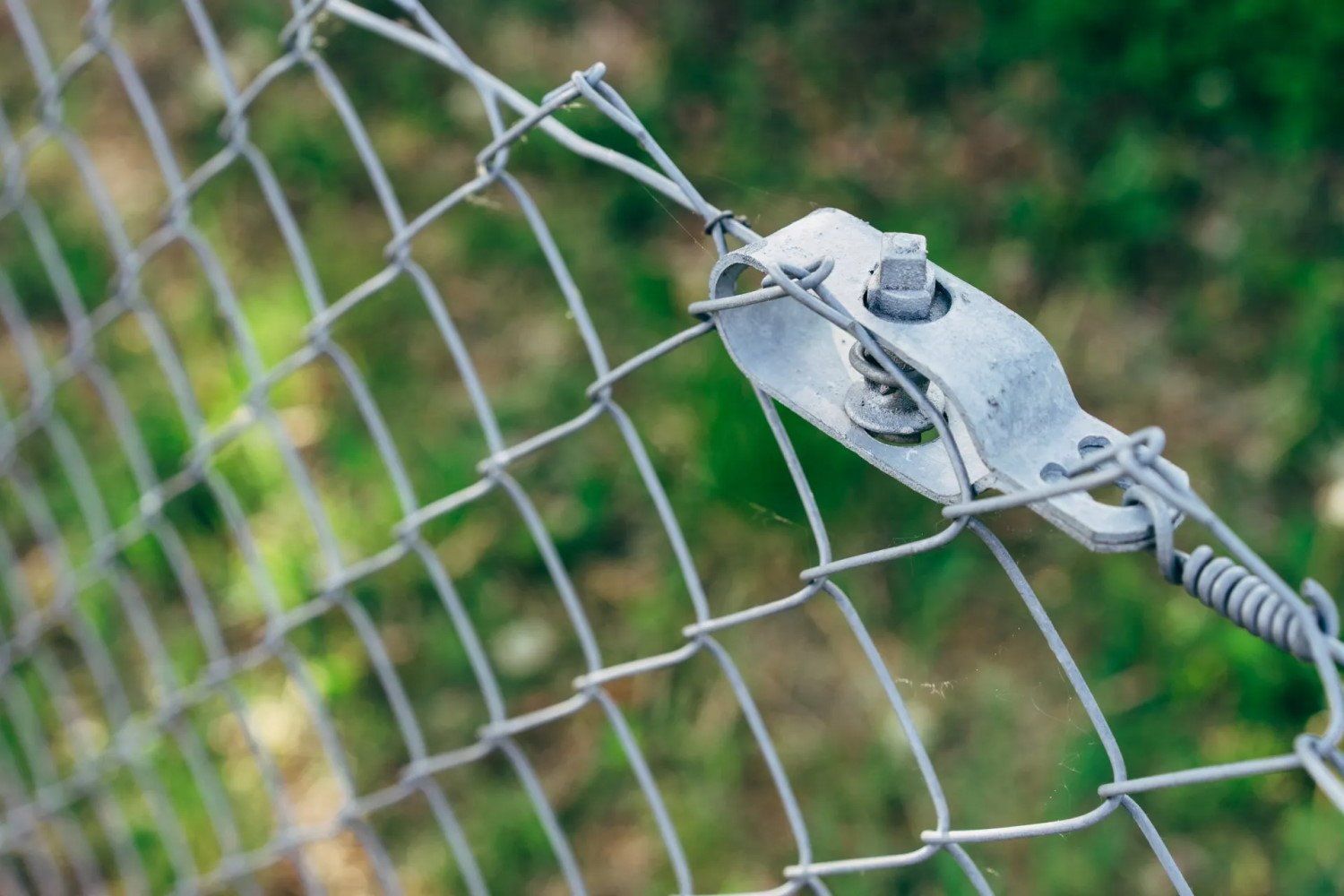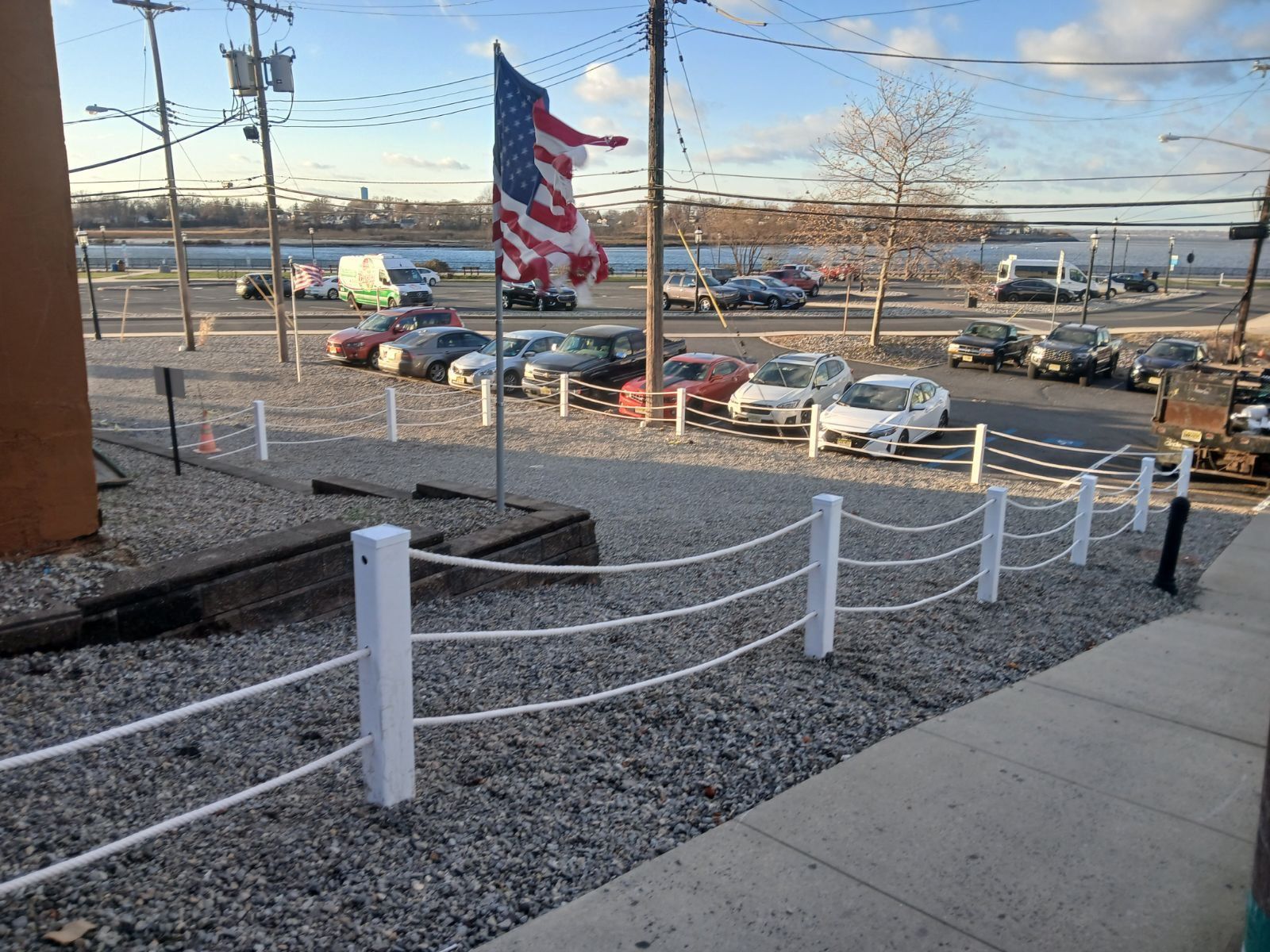Securing a chain link fence to concrete is a task that may seem straightforward, but it requires careful planning and execution to ensure durability and stability. Whether you’re looking to enhance your property's privacy or keep your pets contained, knowing how to properly install this type of fencing can make all the difference. This comprehensive guide will cover everything you need to know about securing a chain link fence to concrete, along with various related topics that can help you maintain and enhance your fencing project.
Understanding Chain Link Fencing
What is Chain Link Fencing?
Chain link fencing is a type of woven fence made from galvanized or coated steel wire. It’s known for its durability, affordability, and ease of installation. Commonly used in residential, commercial, and industrial properties, chain link fences provide security fence company without obstructing visibility.
Best Uses for Chain Link Fencing
- Security: Ideal for securing properties and preventing unauthorized access. Pet Containment: Great for keeping pets safe while allowing them room to roam. Boundary Definition: Useful in marking property lines without obstructing views. Sports Fields: Often used around baseball fields due to its resilience.
Why Choose Concrete as a Base?
Benefits of Securing a Fence to Concrete
When installing a chain link fence, anchoring it into concrete provides several benefits:
Stability: Concrete holds the posts firmly in place, minimizing movement. Durability: Reduces the risk of rot or damage from soil moisture. Aesthetic Appeal: Provides a clean look while enhancing property value.
How Long Does a Chain Link Fence Last?
With proper maintenance and care, a chain link fence can last anywhere from 15 to 20 years. Factors such as climate conditions, installation quality, and materials used affect its longevity.
Preparing for Installation
Tools Needed for Installation
Before diving into the installation process, gather these tools:

- Post hole digger Level Concrete mix Shovel Measuring tape Hammer Wrench
Measuring Your Fence Area
Proper measurements are crucial. Use stakes and string lines to mark where the fence will go. Measure the distance between each post—typically 10 feet apart.
How to Secure a Chain Link Fence to Concrete Like an Expert
Securing your chain link fence involves several critical steps that demand attention:
Digging Post Holes:- Dig holes approximately 2 feet deep (or below the frost line) using your post hole digger. Make sure each hole is wide enough (about 8 inches) for easy insertion of the posts.
- Place the chain link posts into the holes ensuring they are straight. Use a level to verify vertical alignment.
- Follow package instructions for mixing concrete; typically you'll want it thick but pourable. Pour concrete into each hole around the post until it's filled about ¾ full.
- Allow at least 24 hours for the concrete to set before proceeding with attaching the chain link fabric.
- Unroll your chain link fabric along the installed posts. Use tension bands and bolts on terminal posts and tie wires on line posts to secure it in place.
- Install top rails if necessary and check overall stability before calling it complete!
Maintenance Tips for Your Chain Link Fence
Proper maintenance ensures longevity:
How to Prevent Rust on a Chain Link Fence
Rust can be an issue if not addressed properly:
- Regularly inspect your fence for signs of rust. Apply protective coatings specifically designed for metal fences every few years.
Chain Link Fence Coatings and Finishes
Consider investing in vinyl-coated or galvanized steel options which resist corrosion better than standard metal fences.

Enhancing Privacy Options
Can You Add Privacy Slats to a Chain Link Fence?
Absolutely! Privacy slats can be inserted into your chain link fabric offering both aesthetic appeal and increased privacy without sacrificing airflow.
Chain Link Fencing with Privacy Screening
If you prefer not adding slats, consider attaching privacy screening fabric designed specifically for this purpose—an affordable alternative!
Understanding Regulations
Chain Link Fence Height Regulations
Different locales have varying regulations regarding fence height—typically ranging from 4 feet in front yards up to 6 feet in backyards. Always check local zoning laws before installation!
Chain Link Fence Zoning and Permit Requirements
Some municipalities require permits prior to installing any type of fencing; consulting local authorities saves time down the road!
Comparative Analysis of Fencing Types
Chain Link Fence vs Wooden Fence
While wooden fences offer more privacy options, they require higher maintenance compared with durable chain links which are low-maintenance yet less visually opaque.
Vinyl Fence vs Composite Fence
Vinyl provides excellent durability against weather elements while composites blend wood fibers with plastic resulting in beautiful designs but may cost more than traditional vinyl or chain links.
FAQs on Chain Link Fences
How do I calculate materials needed for my chain link fence? Measure perimeter size then divide by post spacing (usually about ten feet). Add extra materials depending on design features like gates or corner brackets!
Are vinyl fences good for windy areas? Yes! Vinyl fences are engineered robustly enough against heavy winds making them an excellent choice where storms occur frequently.
What color options are available for vinyl fencing? Vinyl comes in various colors including white, tan, gray—some even mimic natural wood finishes!
Can I paint my vinyl fence? While technically possible it's not recommended due lackluster adhesion over time; instead opt for UV-protected colors offered by manufacturers instead!
How do I repair damaged vinyl panels? Most repairs involve removing screws holding panels together then replacing only those affected sections—easy-peasy!
What’s involved in upgrading from chain-link fencing? Transitioning typically requires dismantling existing structures followed by installing new posts tailored towards desired aesthetics like vinyl—with no fuss!
Conclusion
Securing a chain link fence to concrete may seem daunting initially—but armed with knowledge about tools required, installation techniques & maintenance tips anyone can become an expert! Remember always consult local regulations when planning installations as avoiding any bureaucratic missteps ensures smoother sailing ahead! Whether you're safeguarding pet areas or enclosing gardens—the right approach leads towards achieving effective boundaries transforming outdoor spaces beautifully & securely!
By mastering these principles discussed here today—we hope you feel empowered tackling this DIY project confidently!
This article has provided extensive insights about securing chain link fences while encompassing surrounding essential knowledge regarding different types of fencing systems geared towards enhancing reader experience through well-organized content structure & detailed explanations throughout!
